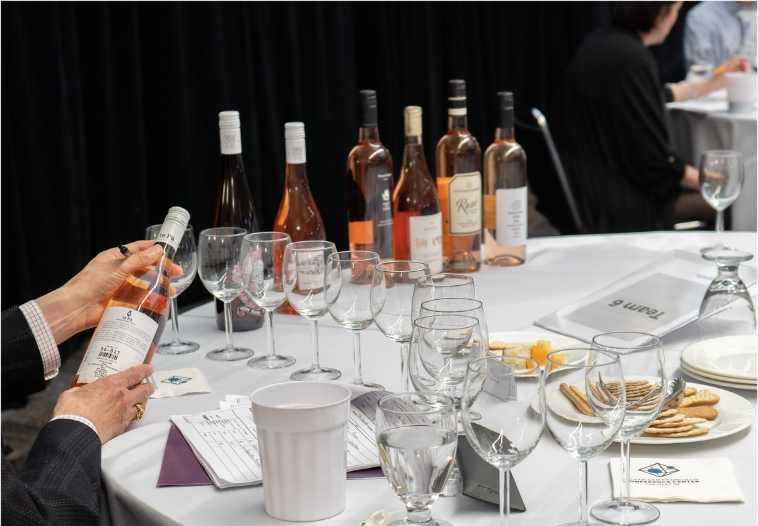
The French online magazine TheLocal has an enlightening article (you can only view once before goes to paywall) on French wine gold medals that you might have seen on French wine bottles. In 2022, over 24,000 medals were awarded, originating from various wine competitions (les concours) held throughout France.
These competitions require a fee for participation and wines are tasted blind by a panel of judges, typically four, who evaluate and score them. However, these medals do not guarantee quality. They indicate a group of judges found the wine superior to its peers in that particular competition. These medals are usually found on wines targeting the price competition at supermarkets, not on fine wines or established brands, as they don’t need medals to stand out.
The proportion of wines awarded medals is capped at one-third of the samples presented in a competition, as per French legislation enacted in 2013 to counter fraud. For instance, in the Effervescents du Monde competition, for sparkling wine, 32.8% of its 2022 samples were awarded medals.
The medals awarded in these competitions derive from a structured tasting process, where wines are evaluated either individually or collectively by the panel. The scores are collated to decide whether a wine earns a medal. However, the reality is most producers don’t submit their wines to these competitions. The article suggests that consumers seeking quality wines visit a wine merchant instead, where personalised recommendations based on individual taste preferences can be provided, rather than relying on medals as indicators of quality.













